Customer Insights is no longer just another customer data platform.
In 2025, Microsoft has consolidated its CDP and real-time engagement tools into a single solution designed to unify data, power AI-driven segmentation, and activate personalization across every channel.
For business leaders, this matters because the stakes around customer experience are rising. Customers expect seamless interactions, consistent messaging, and tailored offers whether they connect via email, chat, or sales rep. So how can your bring data, identity, and personalization together without adding complexity?
To answer that, let’s look at Customer Insights in three different lenses: the boardroom, the operational floor, and the IT department. Each is experiencing the impact in a distinct way.
In the boardroom: Clarity in customer strategy
Executives have long struggled to get a single, trustworthy view of customers. With Customer Insights, records from sales, service, commerce, and marketing are reconciled into unified profiles. AI models then segment these customers into meaningful groups such as high-value, at-risk, or new opportunities, and recommend actions that align to business goals.
For leadership teams, this changes the conversation. Instead of debating conflicting reports, they can focus on strategy: Where should we invest more? Which customers are most at risk? How can we personalize at scale without inflating budgets?
Leaders beginning to adopt Customer Insights often find themselves competing for a small pool of talent. Nigel Frank helps employers connect with Dynamics 365 and Customer Insights specialists who can build unified profiles and activation journeys.
On the operational floor: Real-time journeys in action
The consolidation of CDP and Journeys means that frontline teams don’t just see static profiles. They see customer behavior as it unfolds.
- A service agent can view a customer’s purchase history and recent support tickets, then offer an upsell at the right moment.
- A sales rep can receive alerts when a high-value client interacts with a campaign, prompting timely outreach.
- A marketer can trigger a journey that adapts in real time, adjusting the next message based on whether the customer clicked, opened, or ignored the last one.
These scenarios shape daily interactions and allow businesses to move from reactive campaigns to proactive engagement.
In the IT department: Simplifying architecture
IT leaders face the constant challenge of connecting systems without creating fragile integrations. Customer Insights helps by anchoring on Dataverse and Power Platform, reducing the need for bespoke connectors. Journeys run natively on the same stack, so data does not need to be replicated into yet another tool.
This shift simplifies governance. With fewer moving parts, IT can focus on security, compliance, and data quality instead of patching pipelines. It also means lower risk during audits or regulatory reviews, since records are unified under consistent policies.
Demand for professionals who can bridge customer data with engagement tools is already rising. Nigel Frank provides access to consultants and engineers who understand both the technical and strategic sides of Customer Insights.
Why acting now matters
The customer engagement landscape is moving quickly. Competitors who use AI-driven segmentation and real-time personalization are setting new benchmarks for responsiveness. Waiting too long to consolidate tools risks inefficiency and can erode customer trust when messages are inconsistent.
Nigel Frank’s Microsoft Cloud Careers and Hiring Guide highlights how challenging it can be to secure Microsoft talent, with hiring managers reporting an average six and a half months to fill a role. For executives, that lag means planning ahead is essential if you want the right people in place to take advantage of Customer Insights.
What leaders should prioritize
If you are preparing for this shift, consider three focus areas:
- Data quality. Unified profiles only work if the source data is clean and consistent.
- Cross-team adoption. Ensure that marketing, sales, and service leaders agree on how to use insights.
- Governance and compliance. Establish clear rules around consent, privacy, and activation from the outset.
Customer Insights is now more than a marketing tool. It is an enterprise-wide engagement backbone. Leaders who treat it that way will create more resilient strategies, more responsive teams, and more loyal customers.



